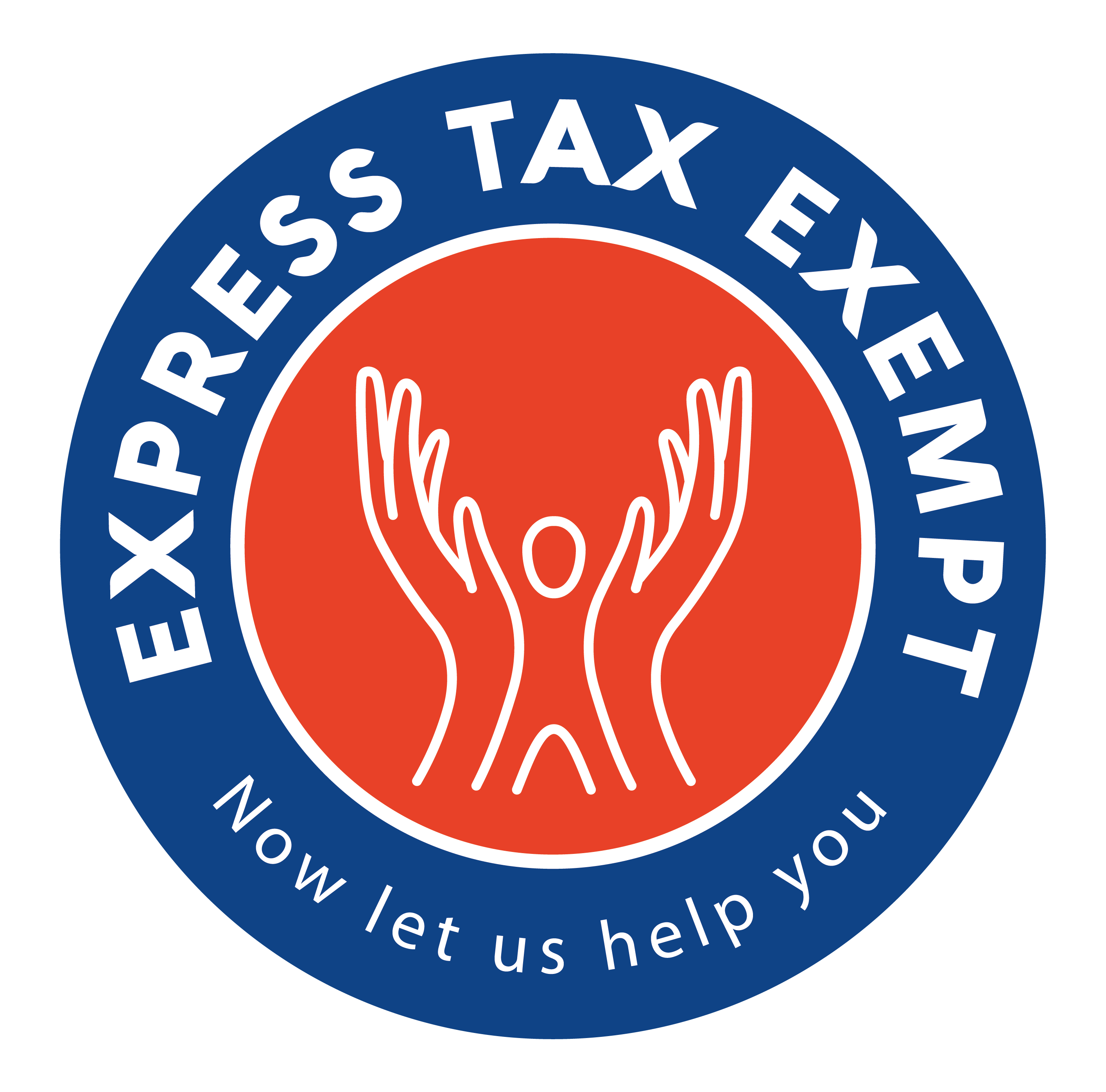What to Do For the May 15 Deadline
Before you even begin with the first page, you need to have the right information readily available or else you’ll waste time looking for papers rather than completing your return. Depending on which 990 form you need to file, you may have to report various details such as revenue and expense amounts, program services, a list of employees, financial statements, governance and more.
Some sections of a 990 tax return require additional information from a Schedule which you attach to your form. Schedules allow you to submit extra details about certain activities conducted by your organization – some schedules may apply to you such as Schedule B for contributions while others may not. For instance, Schedule H is only for hospitals and Schedule N is for terminated tax-exempt groups.
Types of 990 Forms
The IRS offers four main types of 990 forms – certain kinds serve as simpler options to the original 990 long form. Choosing the most appropriate return will save you precious amounts of filing time:
- Form 990-N (e-Postcard) – For organizations reporting gross receipts less than $50,000
- Form 990-EZ (Short Form) – For organizations reporting gross receipts less than $200,000 and total assets less than $500,000
- Form 990 (Long Form) – For organizations reporting gross receipts equal to or greater than $200,000 and total assets equal to or greater than $500,000
- Form 990-PF – For organizations identifying as an exempt private foundation, taxable private foundation, or a nonexempt charitable trust treated as a private foundation
Extension Form 8868
For any reason, if you are not ready for the May 15 deadline, you can extend your filing due date by submitting IRS Form 8868. The 8868 form allows you to increase the time you have to file a 2016 990 form by six months. You are responsible for submitting an extension request before your original due date – any later and the IRS will automatically reject it. There is no explanation required for filing an extension; however, if your organization owes any tax liabilities, it still must be paid by the original filing deadline.
Paper Filing vs. E-filing
Electronic filing is becoming the most preferred method for tax-exempt organizations and tax professionals to send 990 forms to the IRS. With paper filing, you’re sacrificing a significant amount of time to physically prepare financial statements, search and complete schedules, and mail the tax return without any confirmation from the IRS.
E-filing a 2016 Form 990 requires less time to process and is much easier to prepare. Transmitting a 990 tax return with an IRS-authorized, e-file provider – such as ExpressTaxExempt.com – offers more security than postal mailing, and you can receive instant confirmation of your filing status. The IRS also recommends exempt organizations to e-file rather than paper filing.
If you have any intensive tax questions regarding your organization’s revenue, expenses, or activities, you should contact your local tax professional or the IRS Tax-Exempt Hotline at 877.829.5500. For concerns or assistance with e-filing, you can reach out to ExpressTaxExempt at 704.839.2321 or with [email protected].


